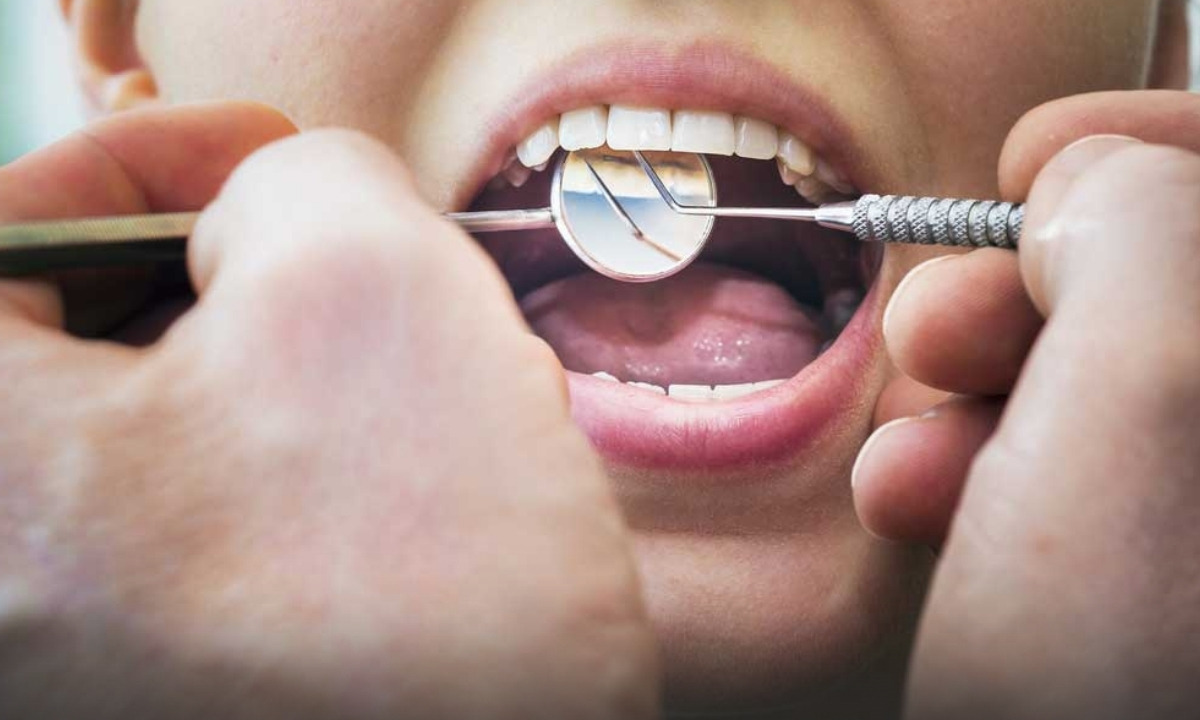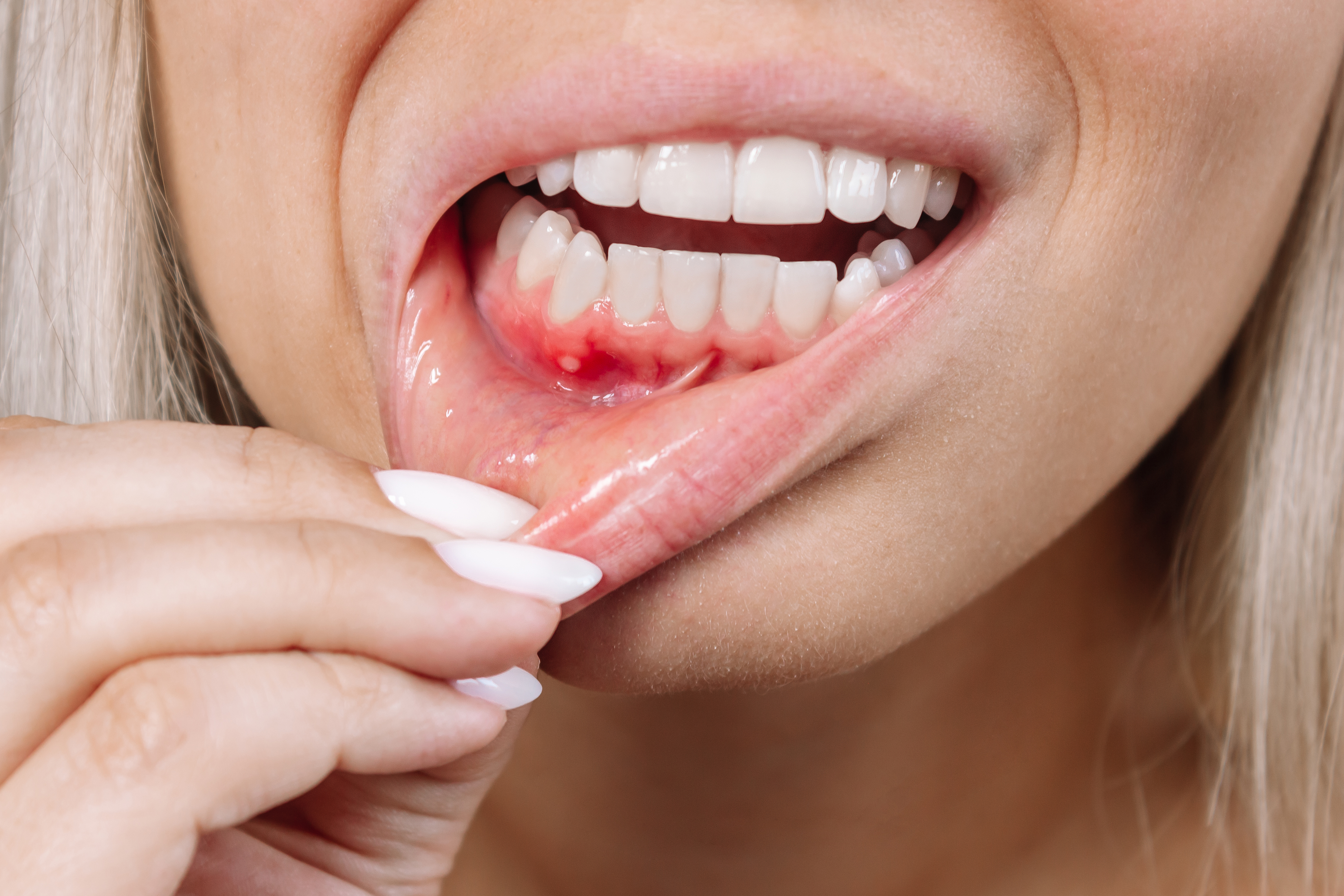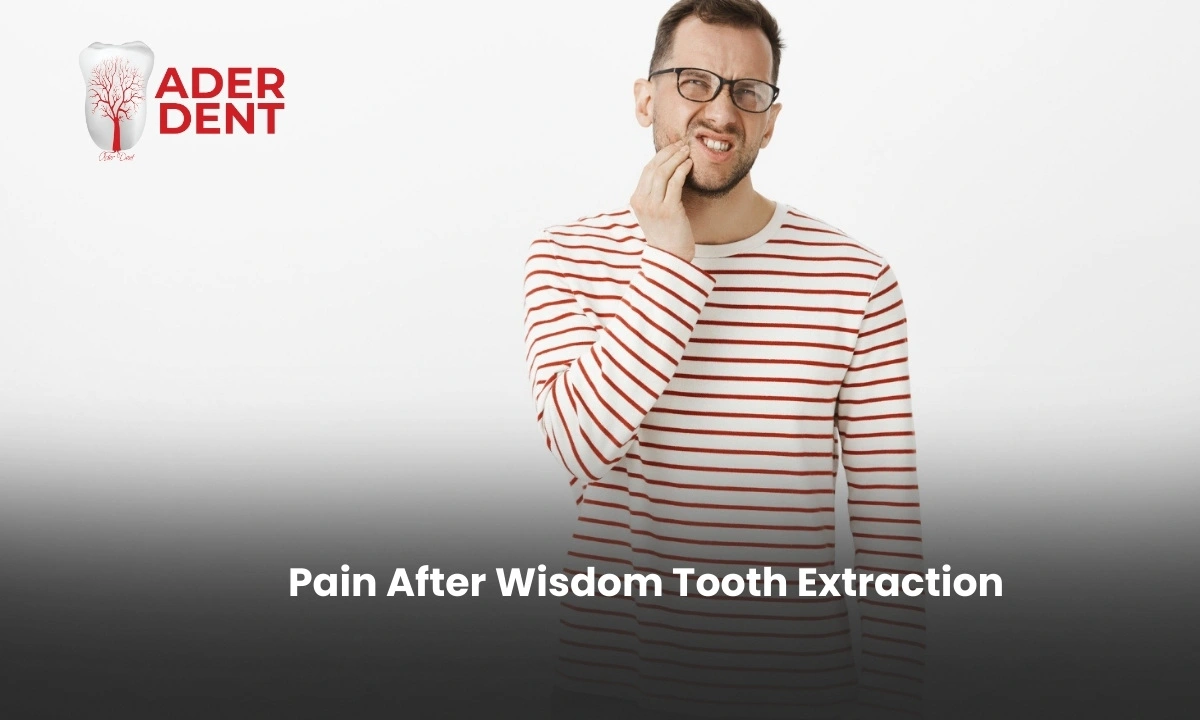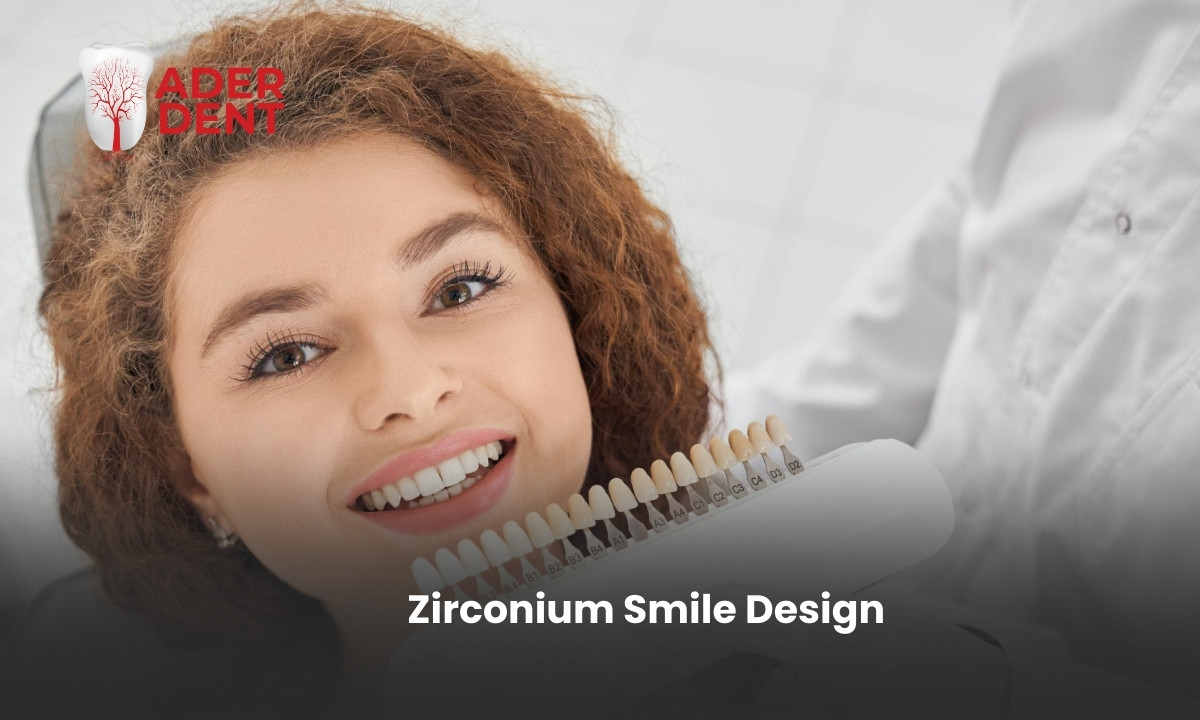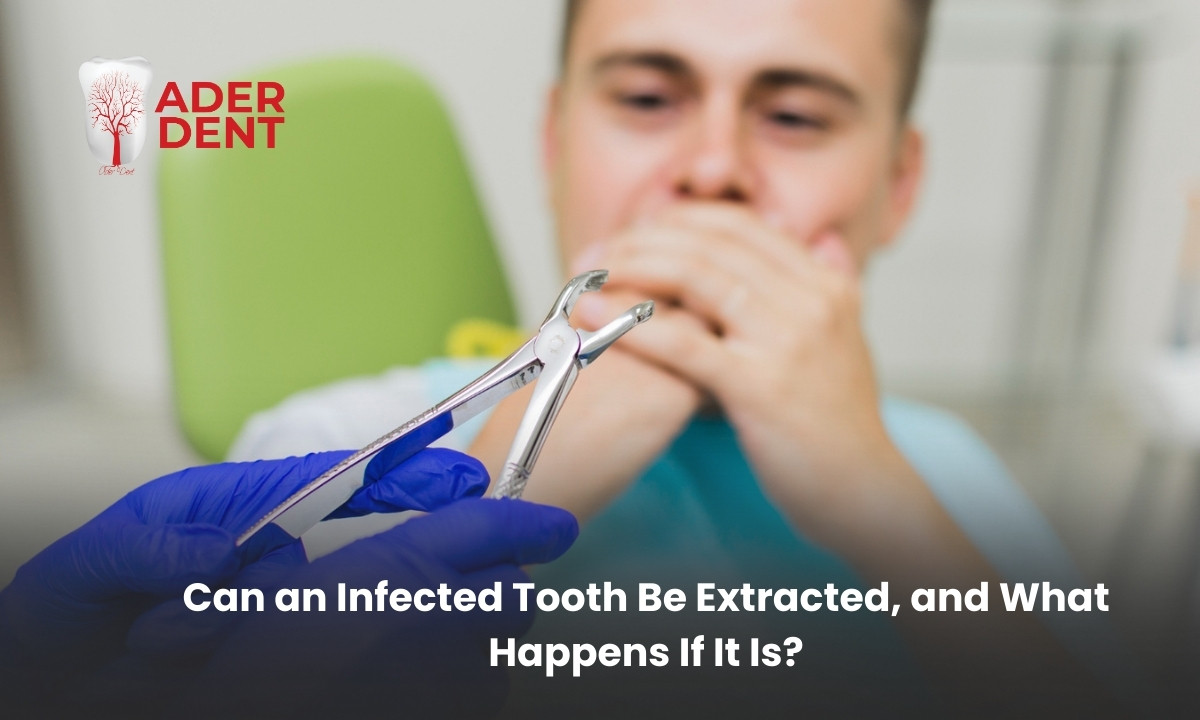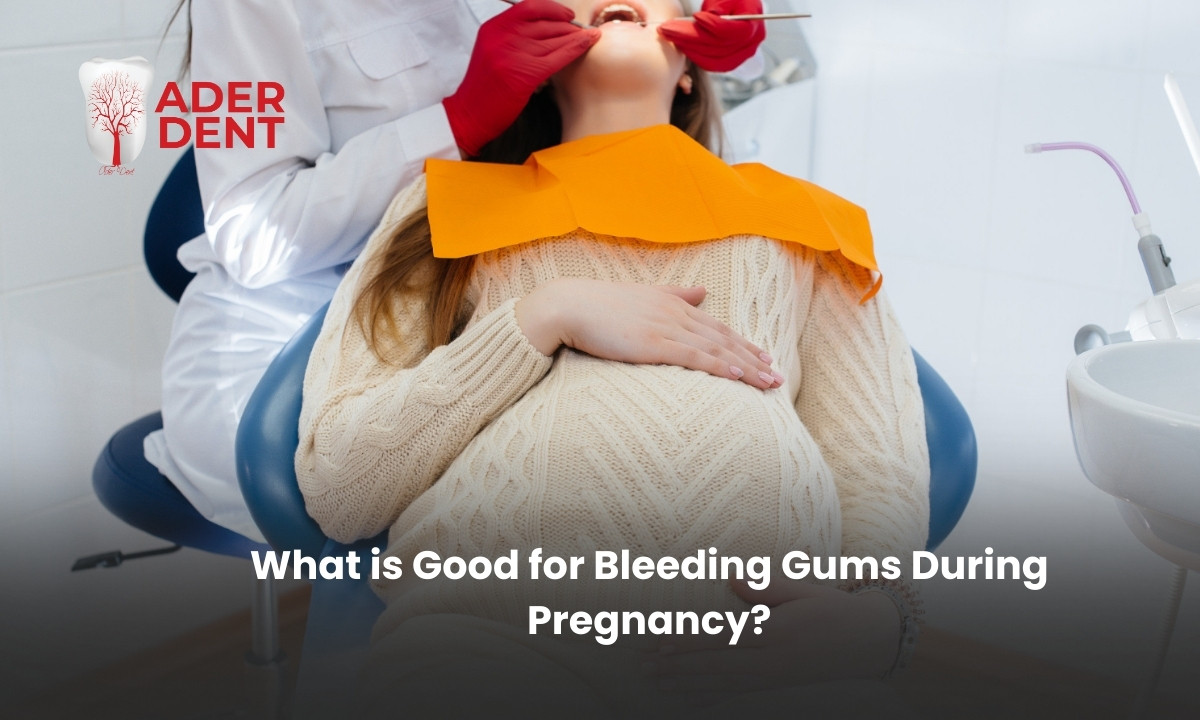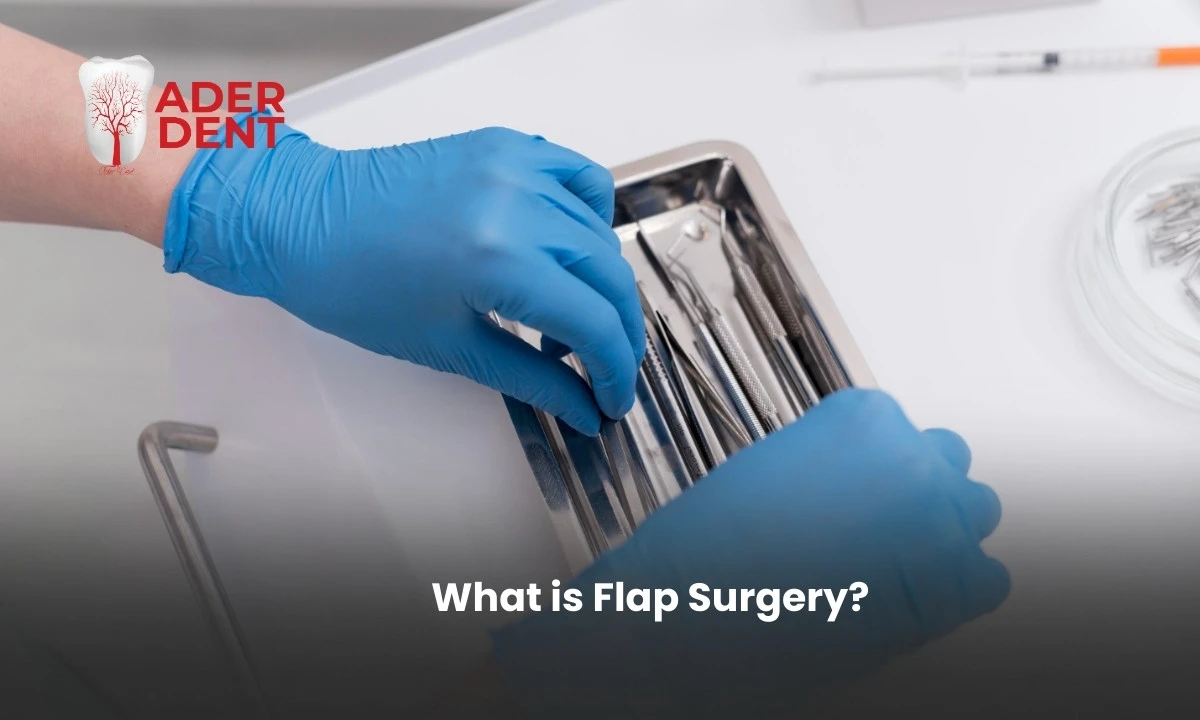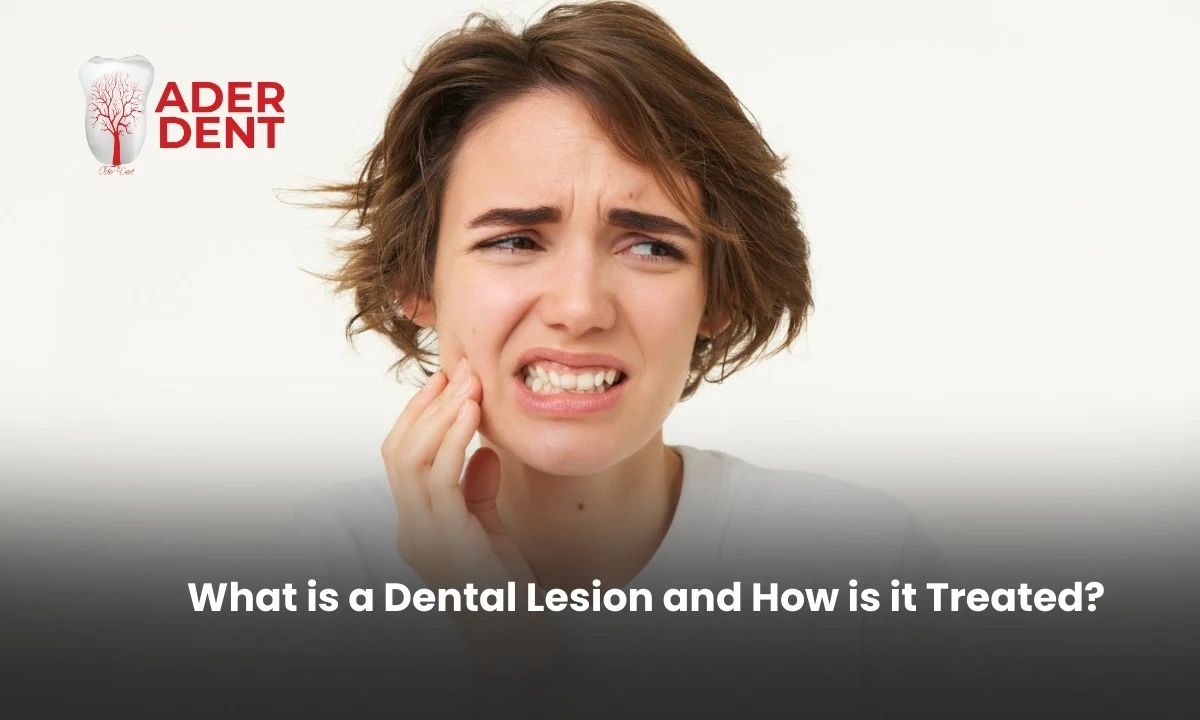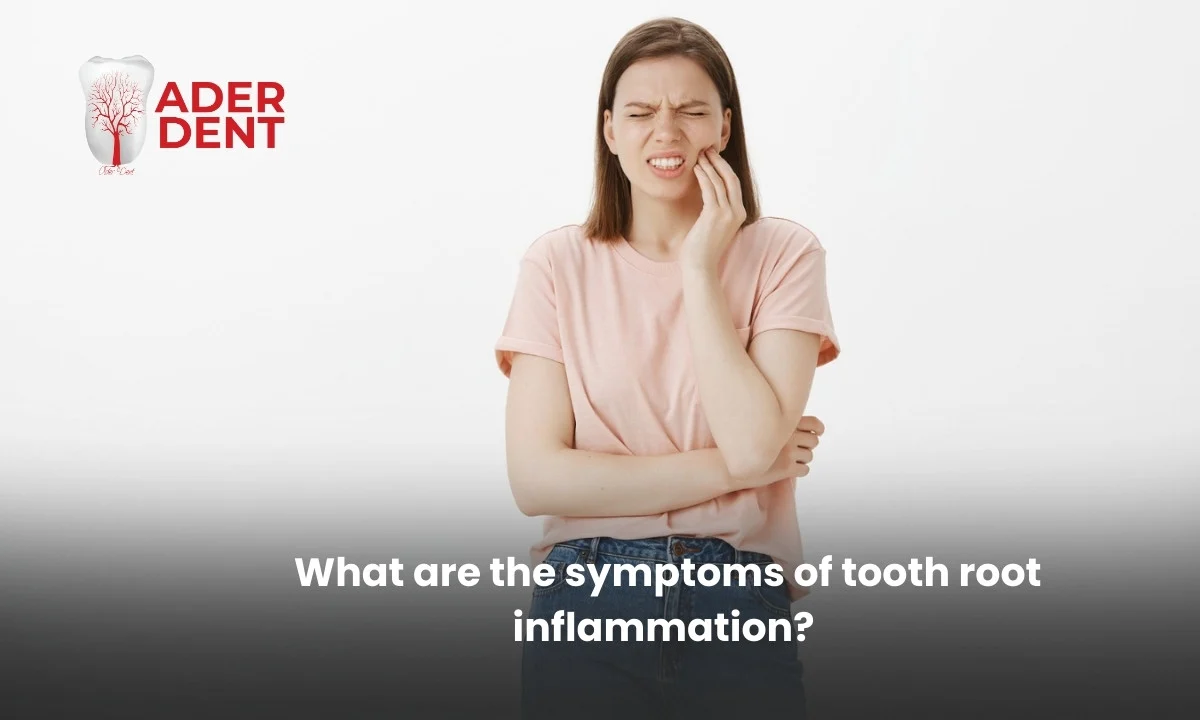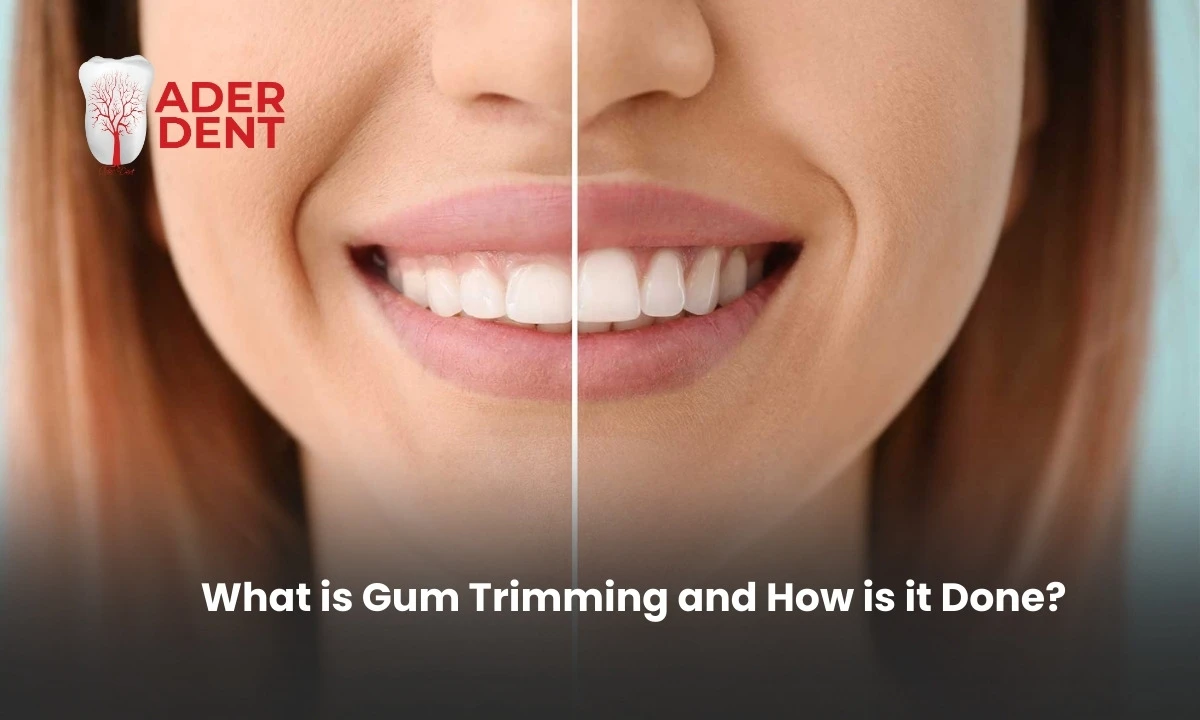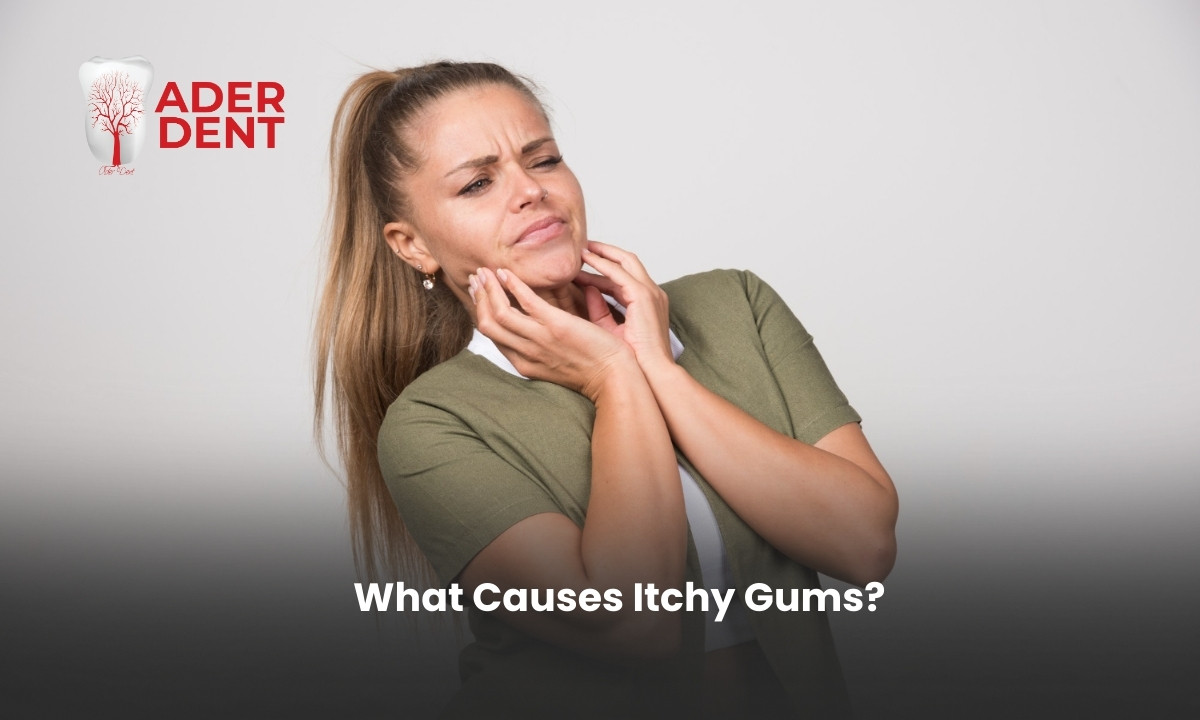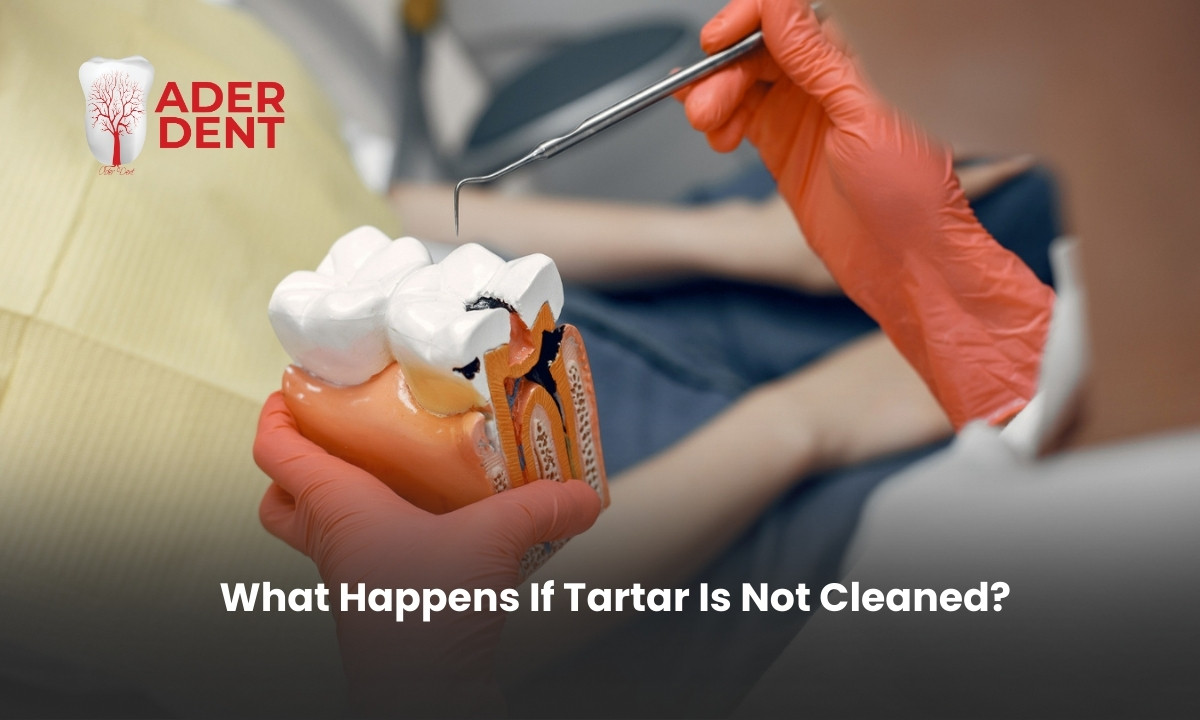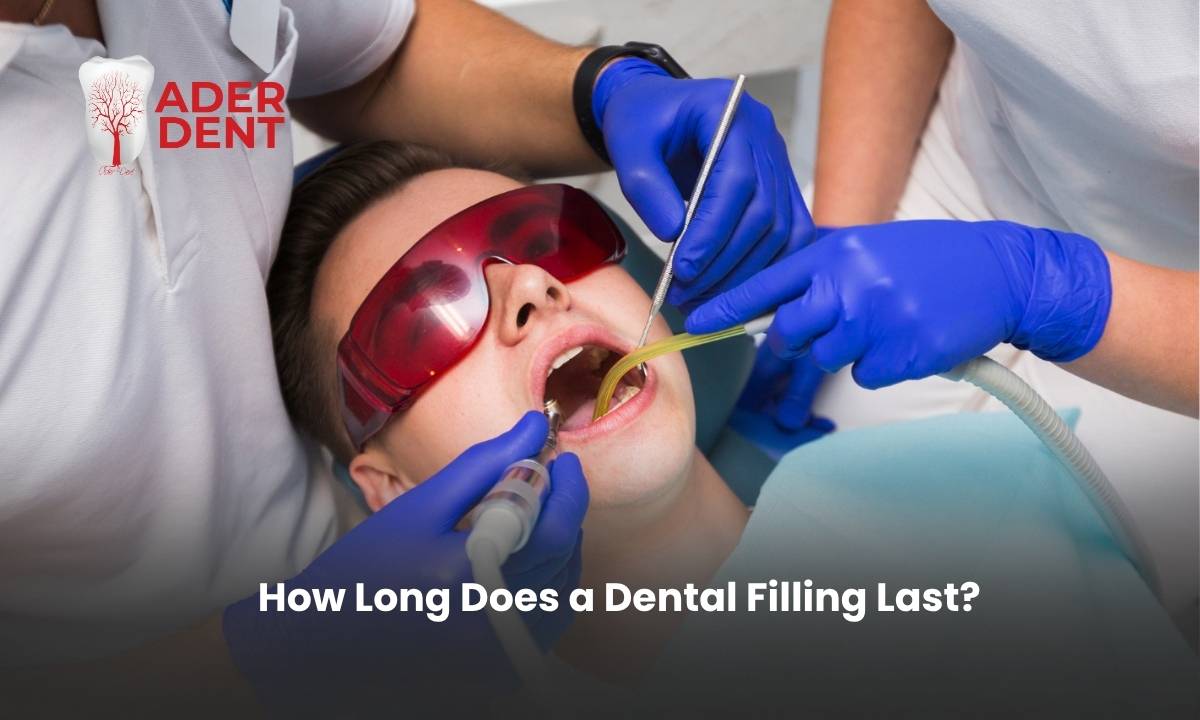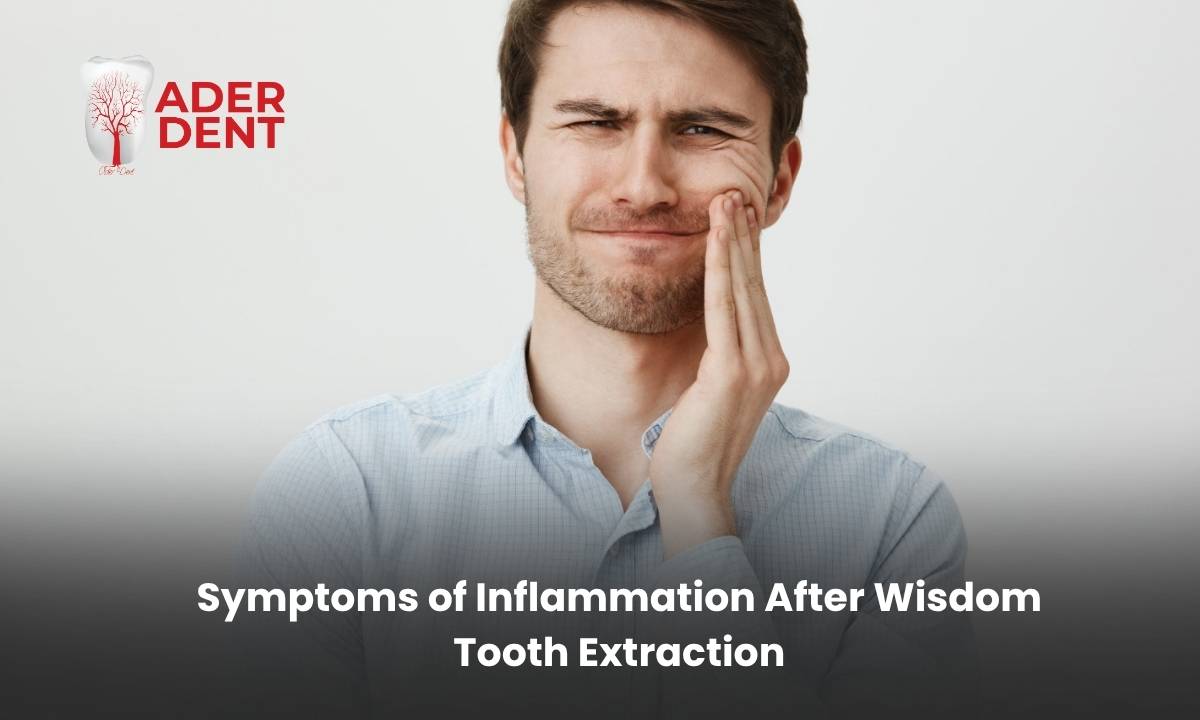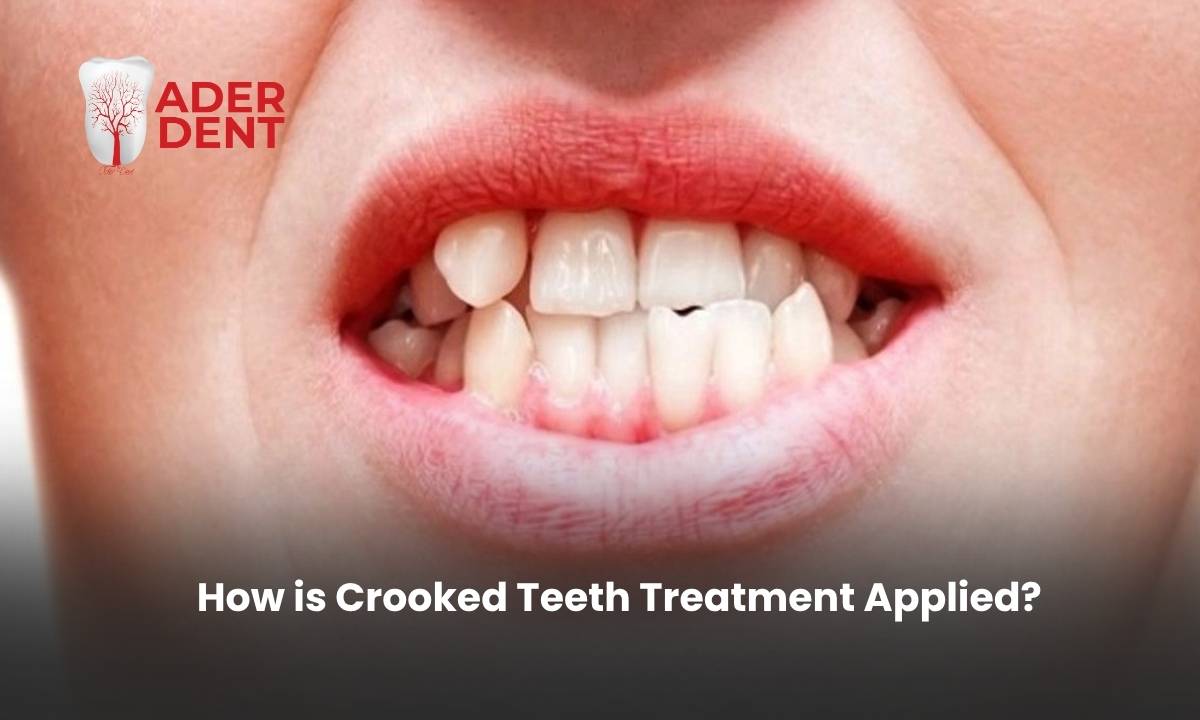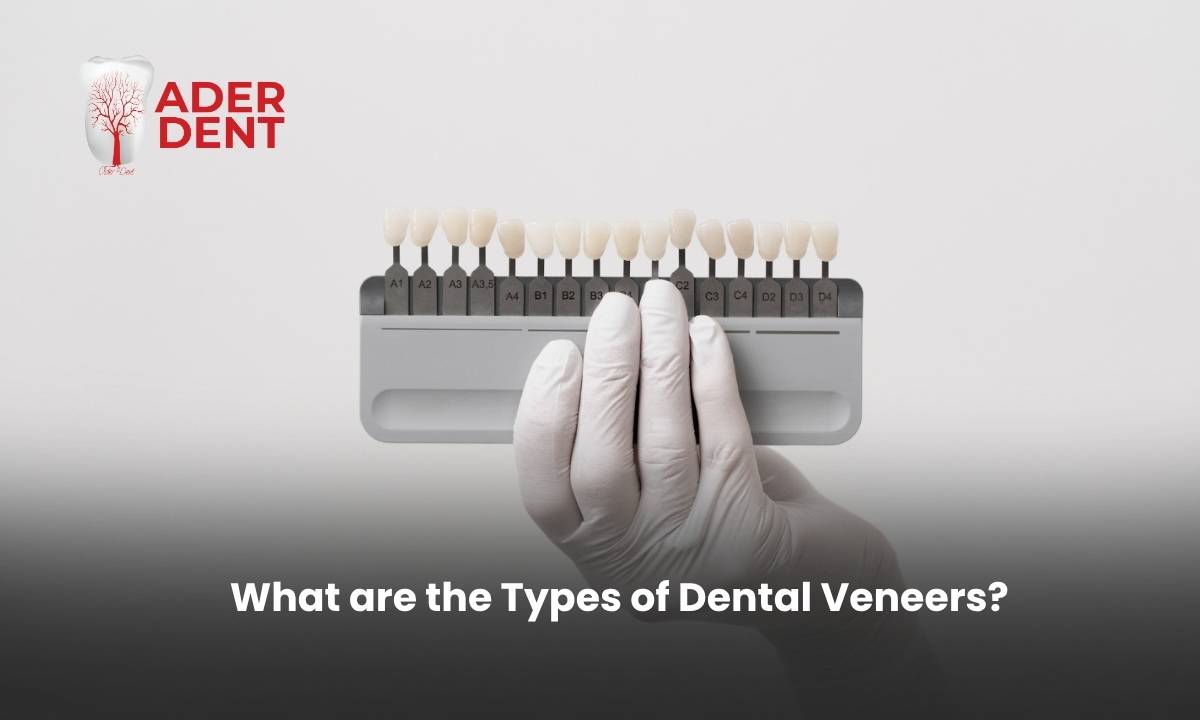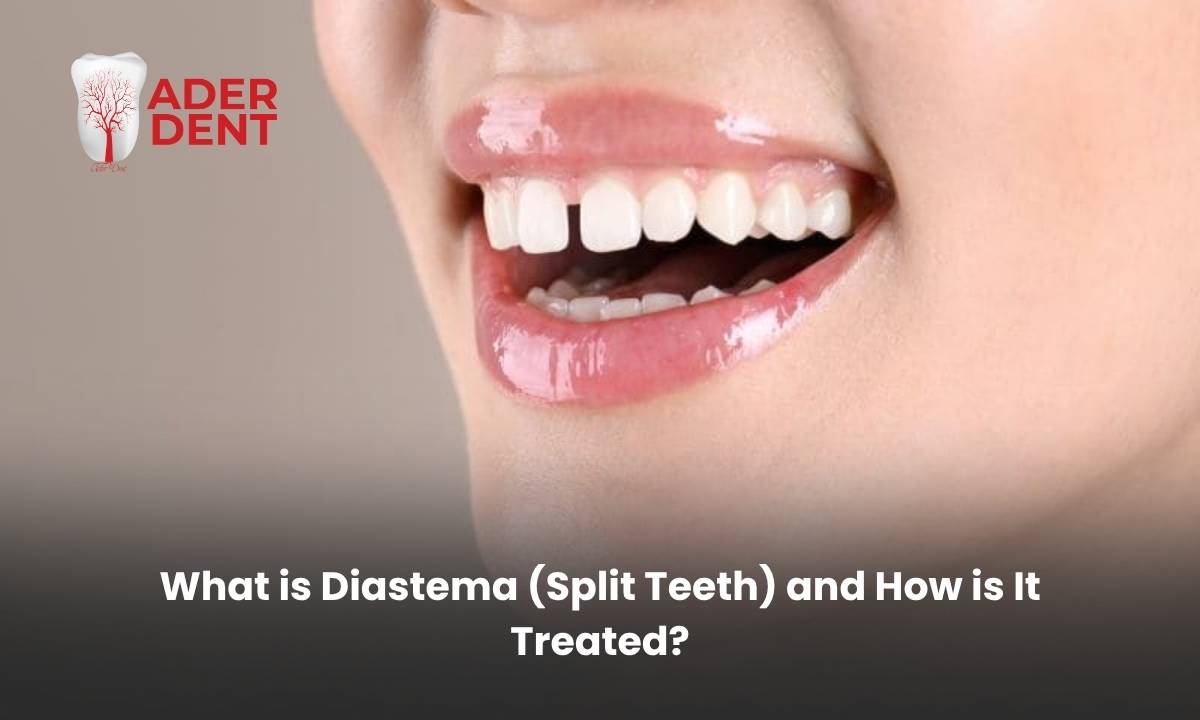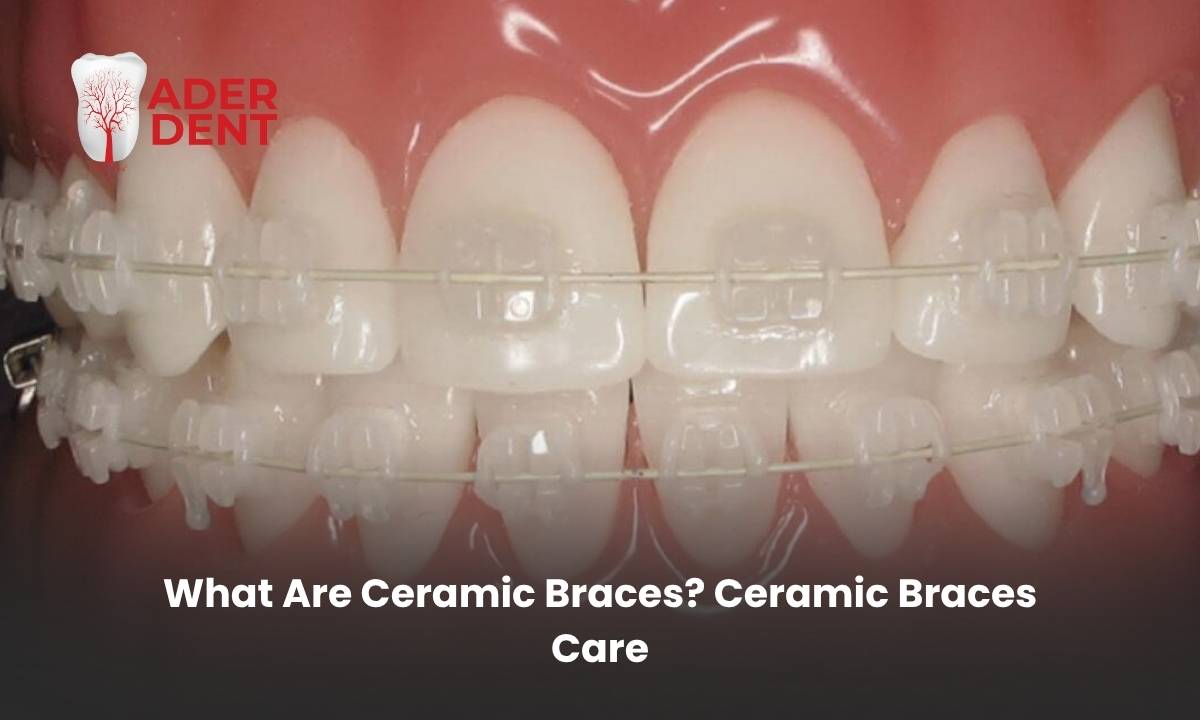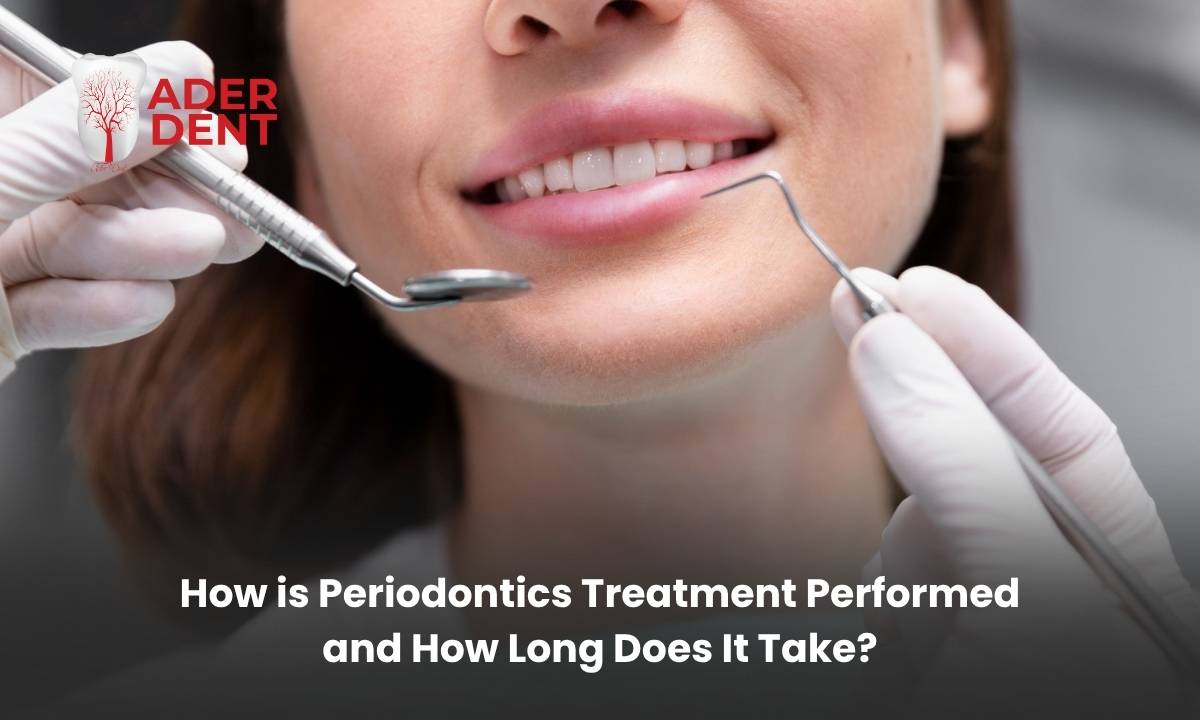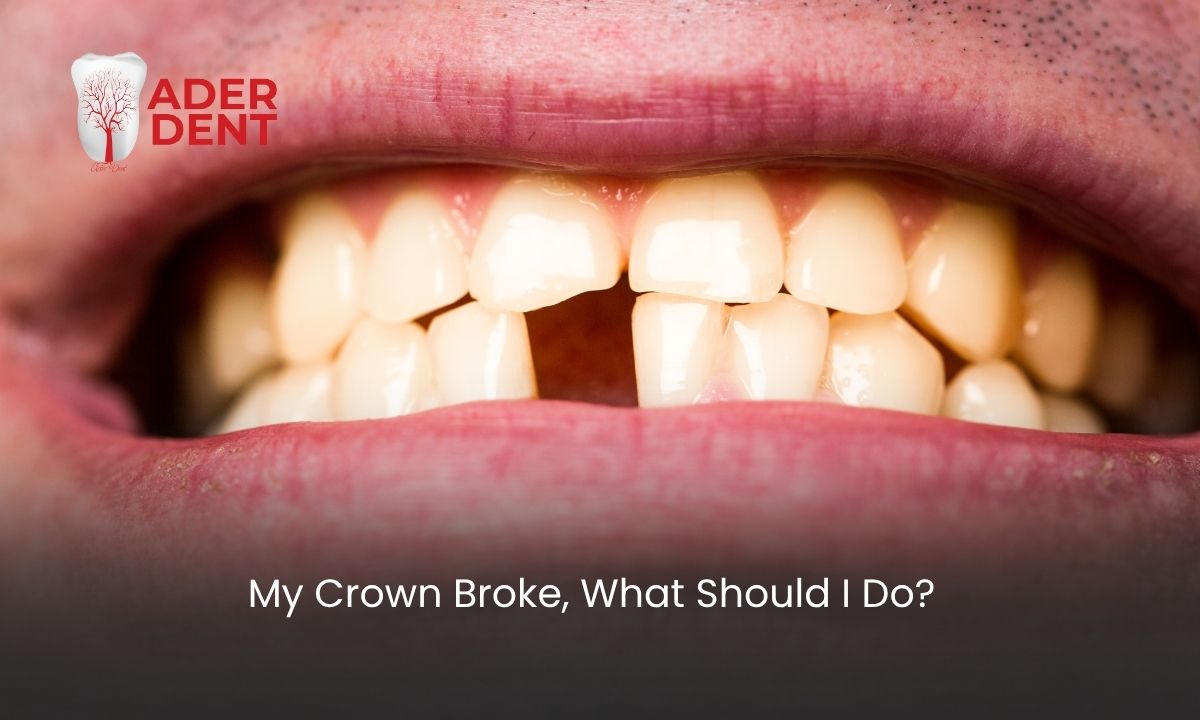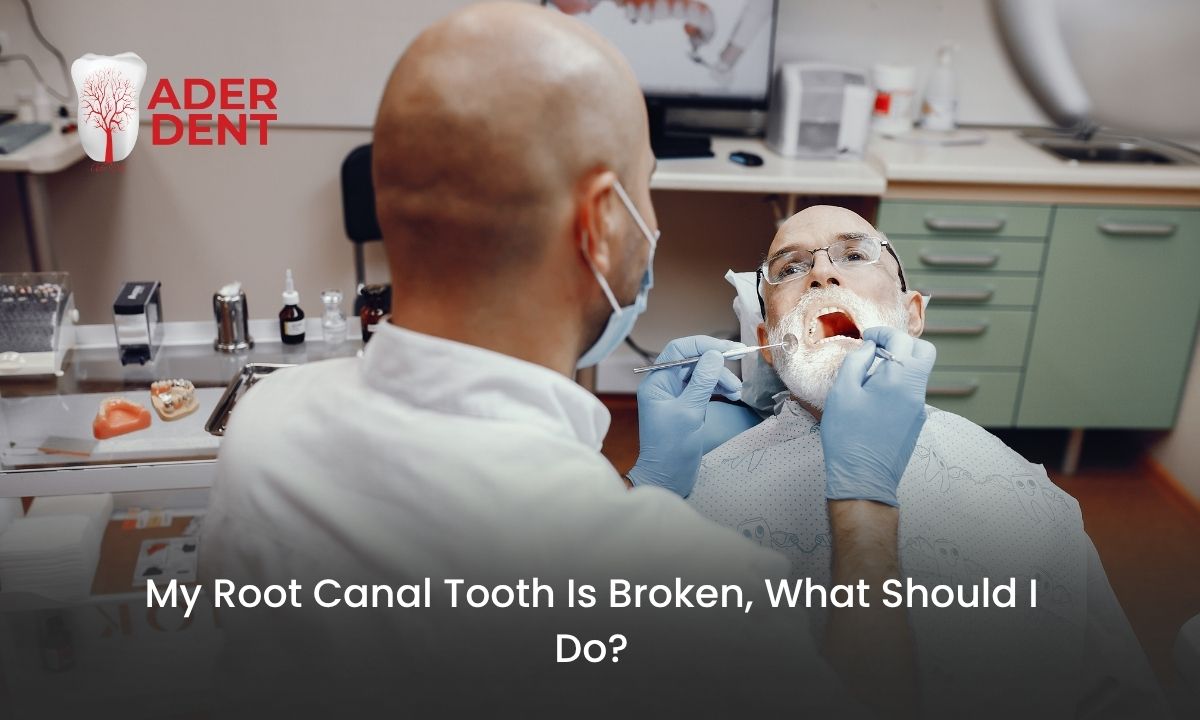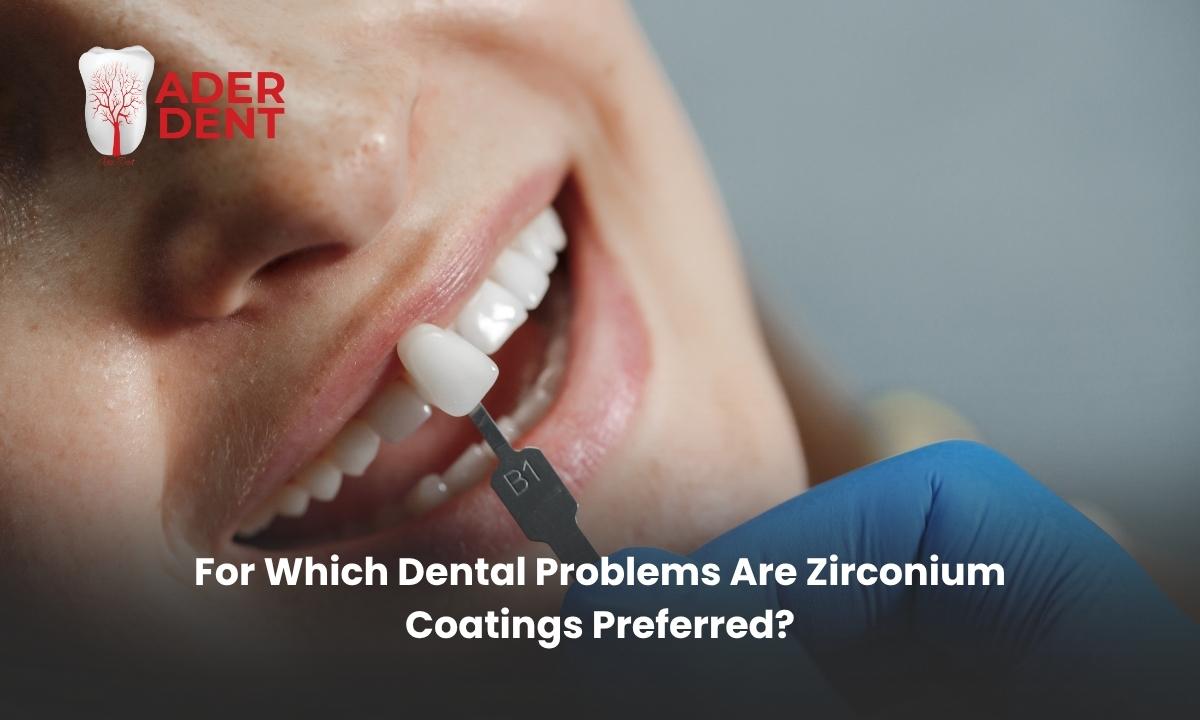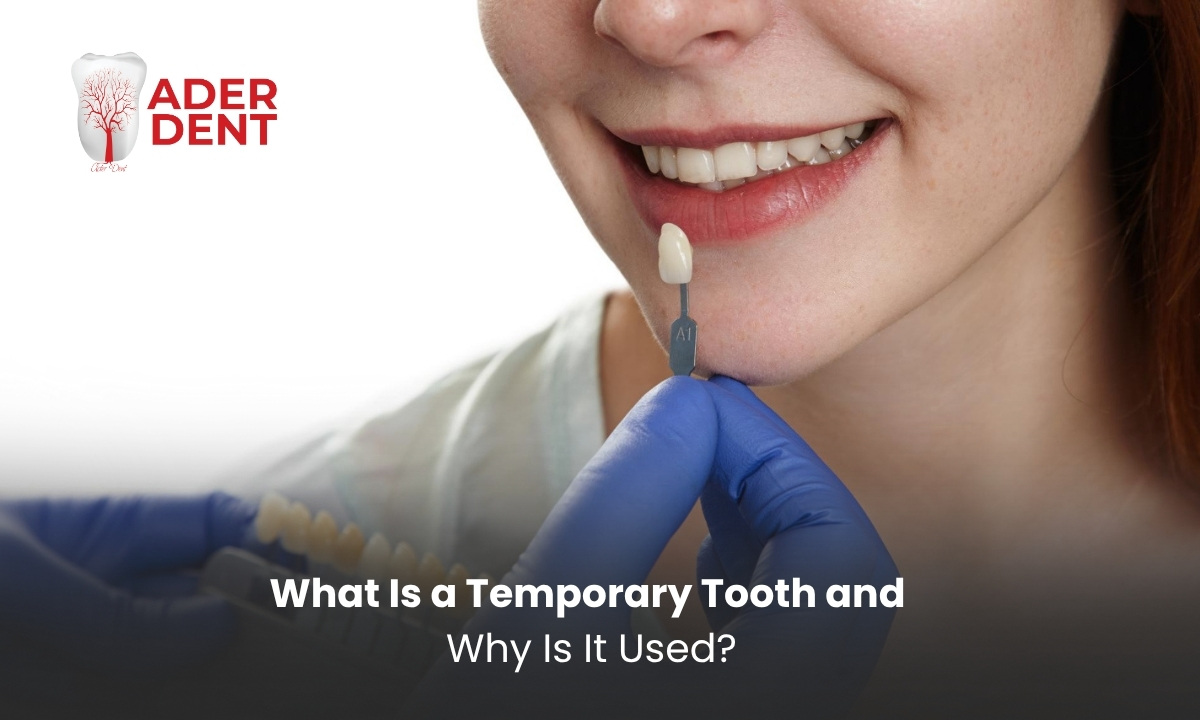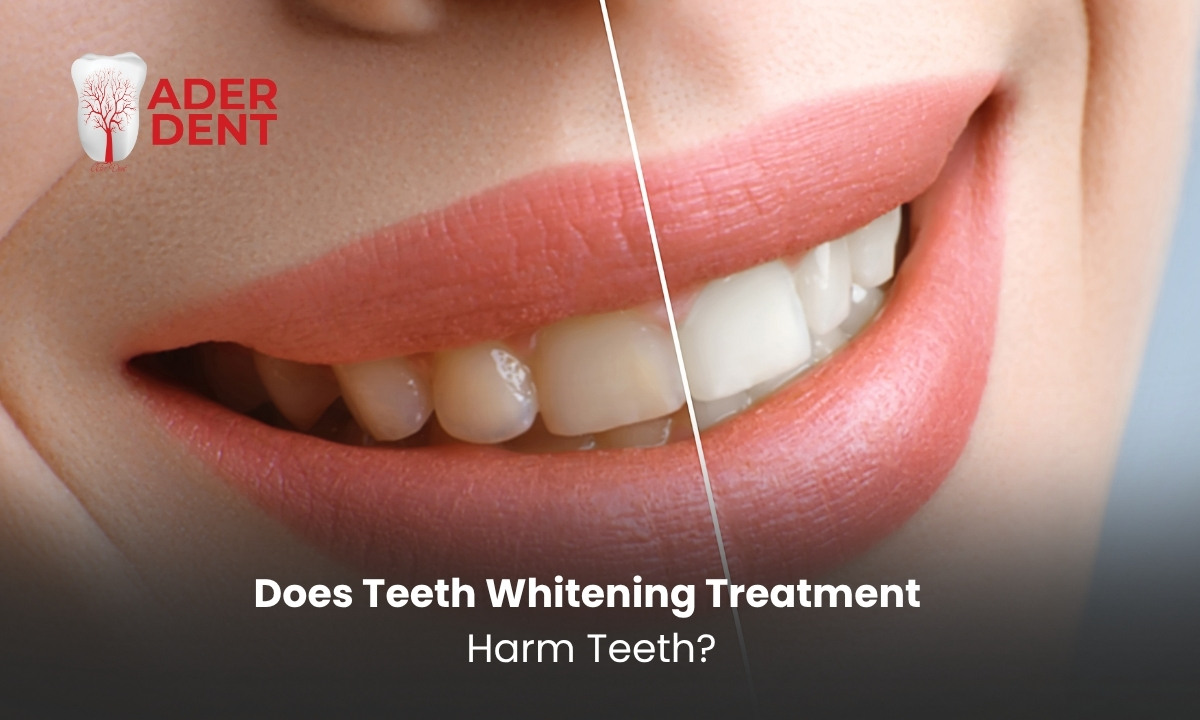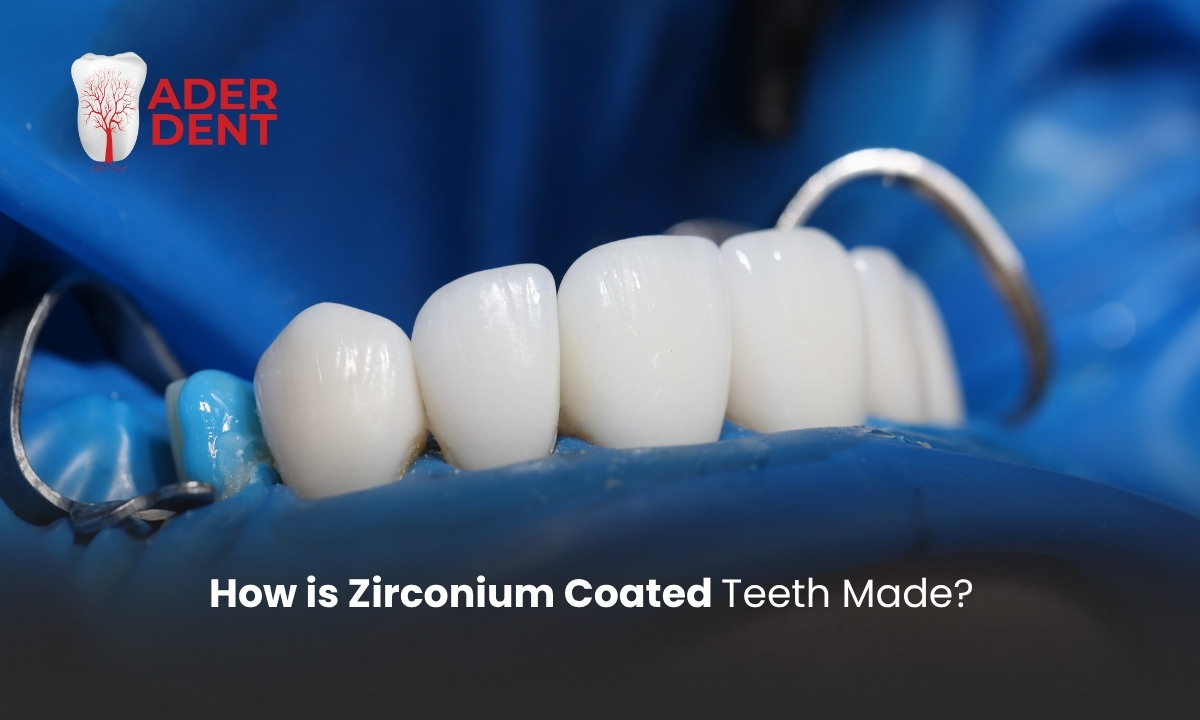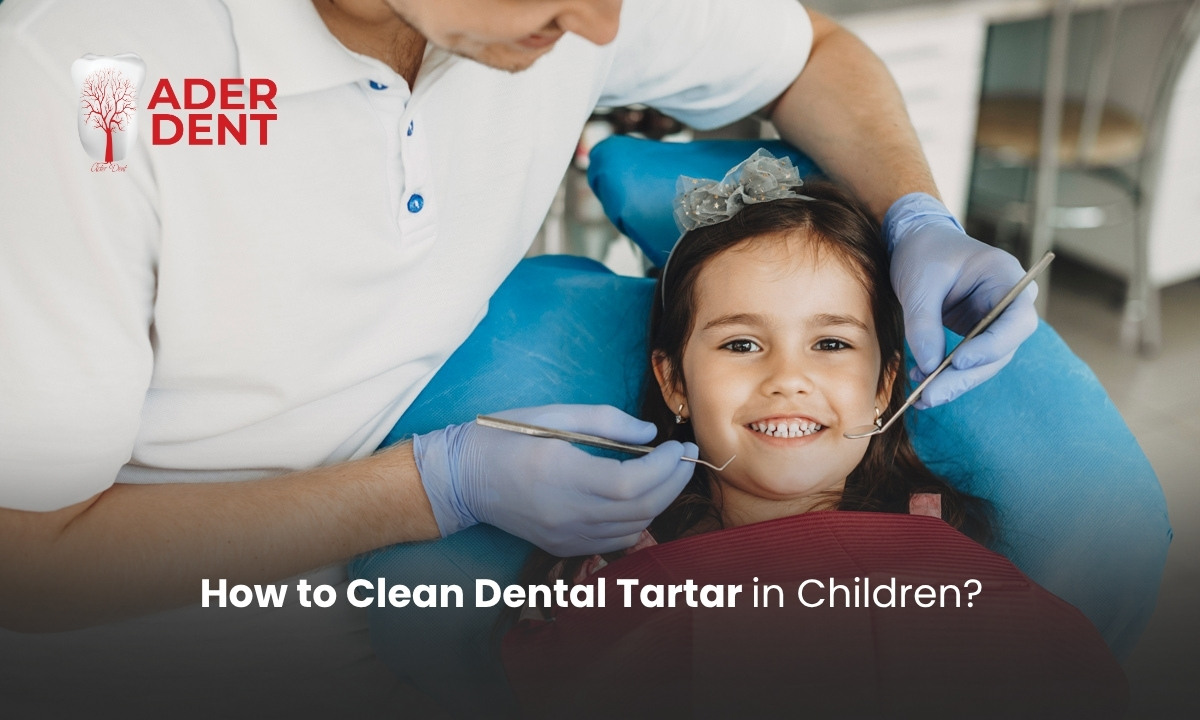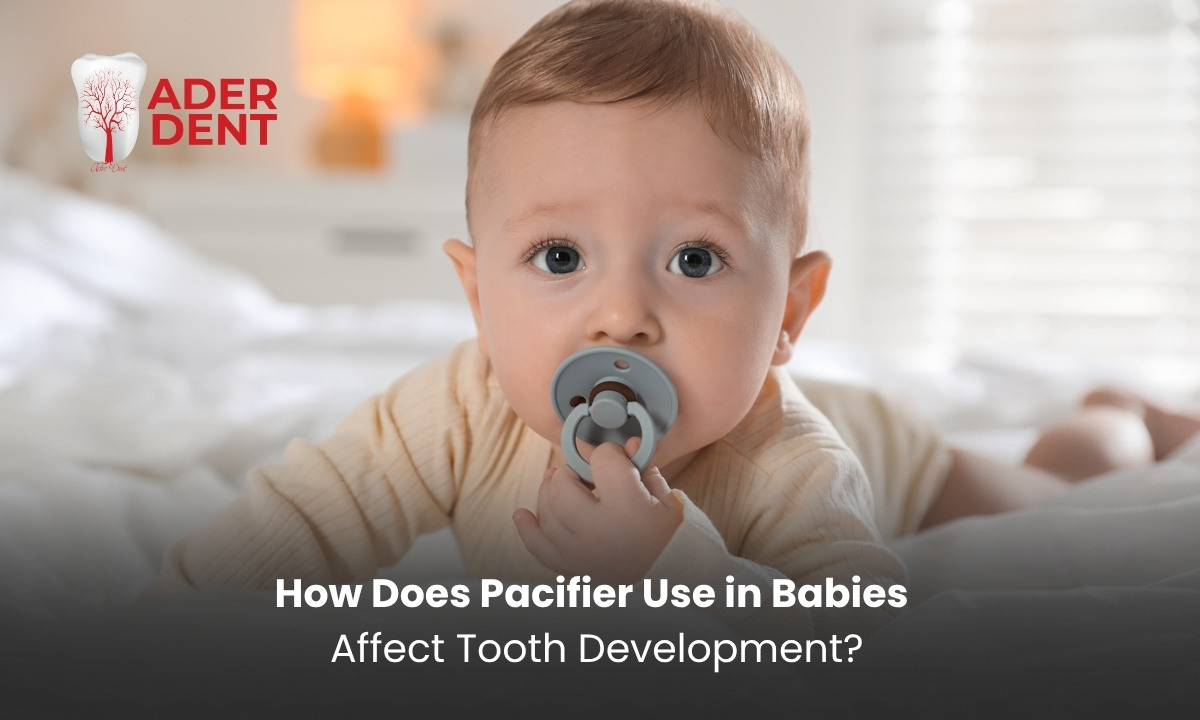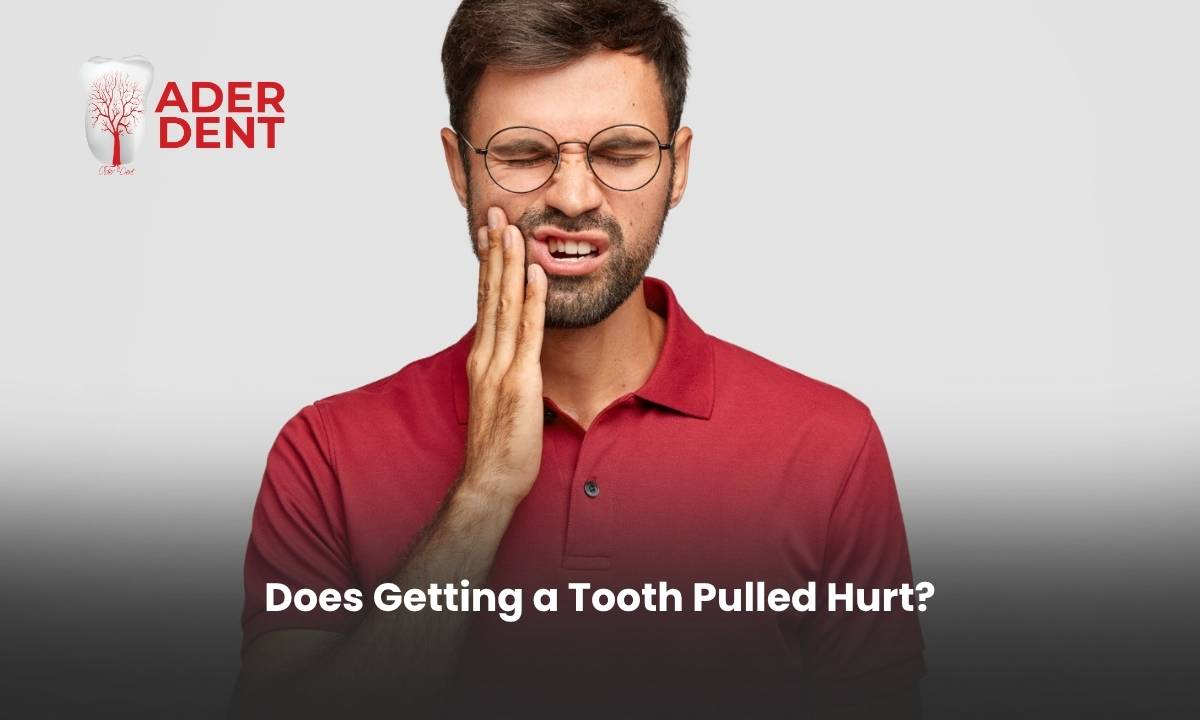
Does tooth extraction hurt? This is one of the most frequently asked questions by patients visiting dental clinics. Fortunately, the solution to unbearable toothaches can now be achieved in a painless and comfortable way.
Does Tooth Extraction Hurt?
Tooth extraction is now a painless procedure thanks to local anesthesia. The anesthetic solution is slowly injected into the gum near the problematic tooth within seconds, and it starts taking effect within 1–2 minutes. As a result, the area becomes numb in a short time. The extraction is then completed without the patient feeling any pain, discomfort, or sensitivity. During the procedure, you may feel slight pressure, but not pain.
Is Tooth Extraction a Painful Process?
Contrary to popular belief, tooth extraction is not a painful procedure. The problematic tooth is numbed using local anesthesia. The extraction is performed while the patient is comfortably lying down, without feeling pain. Therefore, a procedure that used to be feared is now much more comfortable and safe.
Broken, decayed, or damaged teeth can be removed with little to no pain, especially when supported by local anesthesia or short-term medication before the extraction. This allows patients to undergo extractions comfortably, eliminate dental problems, and return to daily life quickly. In cases where decay has reached the nerve tissue, endodontic treatment (root canal therapy) may be applied to save the tooth before considering extraction.
What Happens After Tooth Extraction?
After a tooth is extracted, the body initiates a natural healing process. The first 24 to 48 hours are especially critical. Immediately after the extraction, a blood clot forms in the area, which aids in healing. To protect this clot, pressure should be applied with gauze for 30–60 minutes, and actions such as rinsing or spitting should be avoided. Otherwise, a painful condition known as “dry socket” may occur.
From the 3rd or 4th day onward, gently rinsing with warm salt water helps clean the area. Soft foods like yogurt, soup, and mashed potatoes are recommended, and brushing should be done carefully, avoiding the extraction site.
During the healing process, smoking and alcohol should be avoided as they delay healing. Cold compresses (ice packs) can be applied for no more than 20 minutes. Pain relievers prescribed by your dentist should be taken regularly.
How Is Anesthesia Applied During Tooth Extraction?
Anesthesia during tooth extraction is administered by injecting a local anesthetic into the gum using a fine needle. This process takes just 2–3 seconds. Before the injection, a topical numbing gel is applied to the gum to enhance patient comfort and eliminate pain or discomfort during the injection. This ensures that patients feel no pain during either the anesthesia or the extraction itself.
- Effect of local anesthesia: Numbness begins quickly and takes full effect within 2–5 minutes.
- Duration of effect: Depending on the type of anesthesia used, the numbing effect typically lasts between 1 to 2 hours.
Does Extracting a Healthy Tooth Hurt?
Just like with decayed or damaged teeth, extracting a healthy tooth does not hurt if proper local anesthesia is applied. The area is fully numbed, and the patient does not feel pain or discomfort during the procedure.
Healthy teeth may be extracted as part of orthodontic or impacted tooth treatments, and the same anesthesia technique is used in these cases. A slight feeling of pressure or pulling may be experienced, but it is not uncomfortable. This ensures a comfortable experience and a smooth recovery process.
Does Wisdom Tooth Extraction Hurt?
During wisdom tooth extraction, patients typically do not feel any pain or discomfort. The area is completely numbed with local anesthesia prior to the procedure, allowing the extraction to be carried out painlessly. Sometimes, even painless wisdom teeth may still need to be extracted. For more details, you can refer to our content on painless wisdom tooth extractions.
However, after the extraction, patients may experience significant pain during the first 2 days, which is a normal part of the healing process. Swelling may also occur a few hours after the procedure. Therefore, cold compresses and prescribed painkillers should be used regularly.
The healing process may take up to 2 weeks. In some patients, this period can extend to 10–21 days. Mild aches may continue throughout this time, which is also considered normal. With proper care and adherence to your dentist’s instructions, the healing process can be managed smoothly.


 TR
TR
